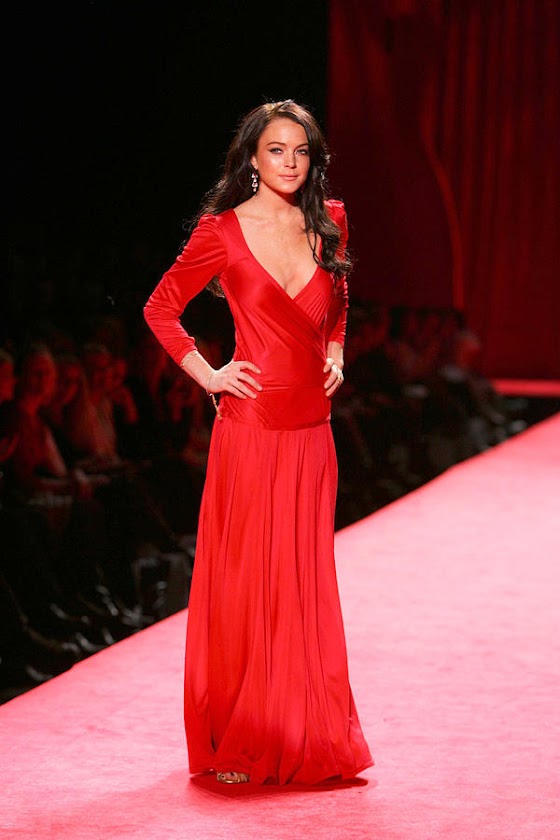Perpendicular (pronounced pur-puhn-dik-yuh-ler)
(1) Vertical; straight up and down; upright; normal
at right angles to a horizontal plane.
(2) In geometry, meeting a given line or surface
at right angles.
(3) Maintaining a standing or upright position;
standing up; exactly upright; extending in a straight line toward the centre of
the earth, etc.
(4) In architecture, noting or pertaining to the
last style of English Gothic, prevailing from the late fourteenth
to the early sixteenth centuries and characterized by by stiff, rectilinear lines and the use of predominantly vertical tracery, an overall
linear, shallow effect, depressed or four-centre arch, fan-tracery vaulting, panelled
walls and fine intricate stonework (should be used with an initial capital
letter so it’s not confused with being a purely geometric reference).
(5) In rock-climbing, a sharply pitched or
precipitously steep mountain face.
(6) Moral virtue or uprightness; rectitude
(largely obsolete).
(7) In Admiralty jargon, either of two lines
perpendicular to the keel line, base line, or designed water line of a vessel.
(8) In surveying, a device such as a plumb line
that is used in making or marking a perpendicular line.
(9) In historic slang, a meal taken while standing at the bar of
a tavern (obsolete).
1350–1400: From the Middle French perpendiculaire, from the Old French perpendiculer, from the Latin perpendiculāris (vertical, as a plumb
line), the construct being perpendicul(um) (plumb line), from pendēre (to weigh hang) and perpendere (carefully to balance (the
construct of which was per- (thoroughly)
+ pendēre (to hang, cause to hang; to
weigh)) from the primitive Indo-European root spen & pen (to draw,
stretch, spin) + āris. The suffix -aris was a form of -ālis
with dissimilation of -l- to -r- after roots containing an l (the alternative
forms were -ālis, -ēlis, -īlis &
-ūlis); it was used to form
adjectives, usually from noun, indicating a relationship or a "pertaining
to”. The French borrowing replaced the Middle
English perpendiculer(e) and is the source of the modern pendant. The noun from existed from the 1570s (the
earlier noun was the circa 1400 perpendicle)
and in astronomy, navigation and related matters, it was in the late fifteenth
century the sense of a line "lying at right angles to the horizon"
developed from an earlier adverb referring to "at right angles to the
horizon.
The noun perpensity
(consideration, a pondering, careful attention) appears first to have been used
in the early eighteenth century, the construct being the Latin perpens- (past-participle stem of perpendere (carefully to balance) and
has since the late nineteenth century been listed either as archaic or
obsolete. Perpendicular is a noun and adjective,
perpendicularness & perpendicularity are nouns and perpendicularly is an adverb;
the noun plural is perpendiculars.
Although perpendicular describes what nominally is an absolute value,
most dictionaries acknowledge the comparative more as perpendicular & the superlative
as most perpendicular, reflecting the use of the word to describe also the “quality
of that which tends towards”, hence the existence in geometry, mathematics,
architecture & engineering of the presumably helpful adjective quasiperpendicular
to refer to the mysterious “partially perpendicular”.
In audio engineering, a perpendicular recording is
the technique of creating magnetic data storage using vertical as opposed to
longitudinal magnetization. The synonym
used in a technical context is orthogonal (independent of or irrelevant to each
other). To most, the idea of the
perpendicular is simple but it’s been borrowed to describe some complex concepts
such as the perpendicular universe (though these perhaps by definition seem usually
to be referred to in the plural as perpendicular universes) which exists to distinguish
it from a parallel universe (which must in some way be different). The perpendicular universe is thus one of the
competing notions (some insist these are legitimate theories) of multiple
universes which are in some way parallel (as opposed to sequential or circular)
though not of necessity perpendicular.
Seems clear enough.
The Perpendicular Pronoun: The first-person singular pronoun
"I"
There is a general rule defining when to use “I” or “me” in a sentence and that is the first person singular pronoun is “I” when it’s a subject and “me” when it’s an object (the subject is the person or thing doing something, and the object is having something done to it and the often quoted example to illustrate the difference is the sentence “I love you”. “I” is the subject of the sentence. “You” is the object of the sentence (also the object of one's affection).
Lindsay Lohan and her sister Aliana at the Melbourne Cup, 2019.
In most cases it’s easier to deconstruct the sentence than think about the rule. To work if one should say (1) “Lindsay and I are going to the Melbourne Cup” or (2) “Lindsay and me are going to the Melbourne Cup”, deconstruction confirms (1) is correct because “I am going to the Melbourne Cup” works and “Me is going to The Melbourne Cup” does not. That’s fine but because “me” is often wrongly used, something of a perception has evolved to suggest it must always be wrong and “I” must always be correct. However, everything depends on the sentence. It’s correct to say “Lindsay and I both picked the winning horse” but it’s also right to say “A selfie of the winning horse with Lindsay and me”, something which can be checked by redacting either “Lindsay and” or “and me”.
Lindsay Lohan in Falling for Christmas (Netflix, 2022)



















